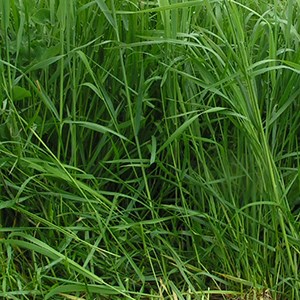Facts:
The project is financed by The Swedish-Norwegian Foundation for Equine Research.

The aim of this project is to investigate the content of the different carbohydrate fractions in different grass species and to study their digestion in the equine gastrointestinal tract.
Grass for grazing or forage production contains variable amounts of carbohydrates, which often are described as the good (fiber), the bad (sugar) and the ugly (fructans) in relation to prevention, and development of diseases like insulin resistance and laminitis. There is a large variation in carbohydrate content in grass, and especially the content and digestion of sugar and fructans in grass is debated among horse owners. Furthermore, the fiber content and digestibility largely determines the energy content in grass and forage for horses, and is therefore of interest for both high- and low-performing horses.
The aim of this project is to investigate the content of the different carbohydrate fractions in different grass species and to study their digestion in the equine gastrointestinal tract. This project will contribute with important knowledge regarding selection of grass species and harvesting or grazing regimes for horses.
The project is a collaboration with Rasmus Bovbjerg Jensen and Åshild Ergon, Norges miljø- og biovitenskapelige universitet, Norway, and Magnus Halling, Department of Crop Production Ecology, SLU.
The project is financed by The Swedish-Norwegian Foundation for Equine Research.